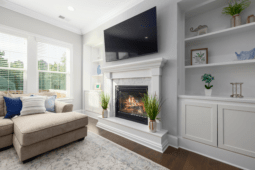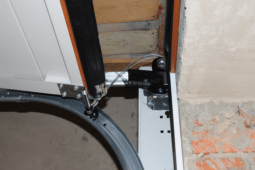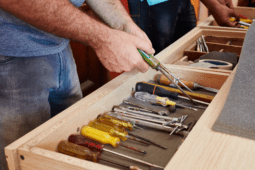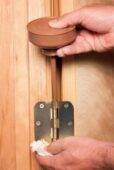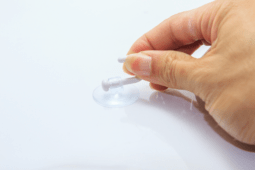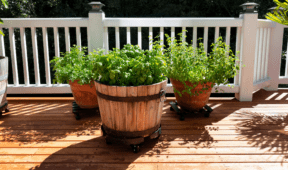5 Quick Fixes to Silence Squeaky Floors for Good
Creaky, squeaky floors can be a daily annoyance, especially when you’re trying to keep noise levels down in your home. Whether it’s an old hardwood floor that groans with every step or a subfloor that shifts underfoot, those unwanted noises can make your home feel less peaceful. The good news? You don’t have to live with it! Here are five quick fixes to quiet your floors for good.
1. Sprinkle Baby Powder or Graphite into the Cracks
If your wood floors are creaking, the likely culprit is friction between floorboards. A simple and inexpensive solution is to sprinkle baby powder, talcum powder, or powdered graphite into the cracks where the noise is coming from. These fine powders work as a lubricant, reducing friction and helping the boards glide against each other silently.
After applying, use a soft brush or cloth to work the powder into the cracks. Walk over the area a few times to let it settle, and enjoy the newfound quiet. If the creaking returns after a while, simply reapply.
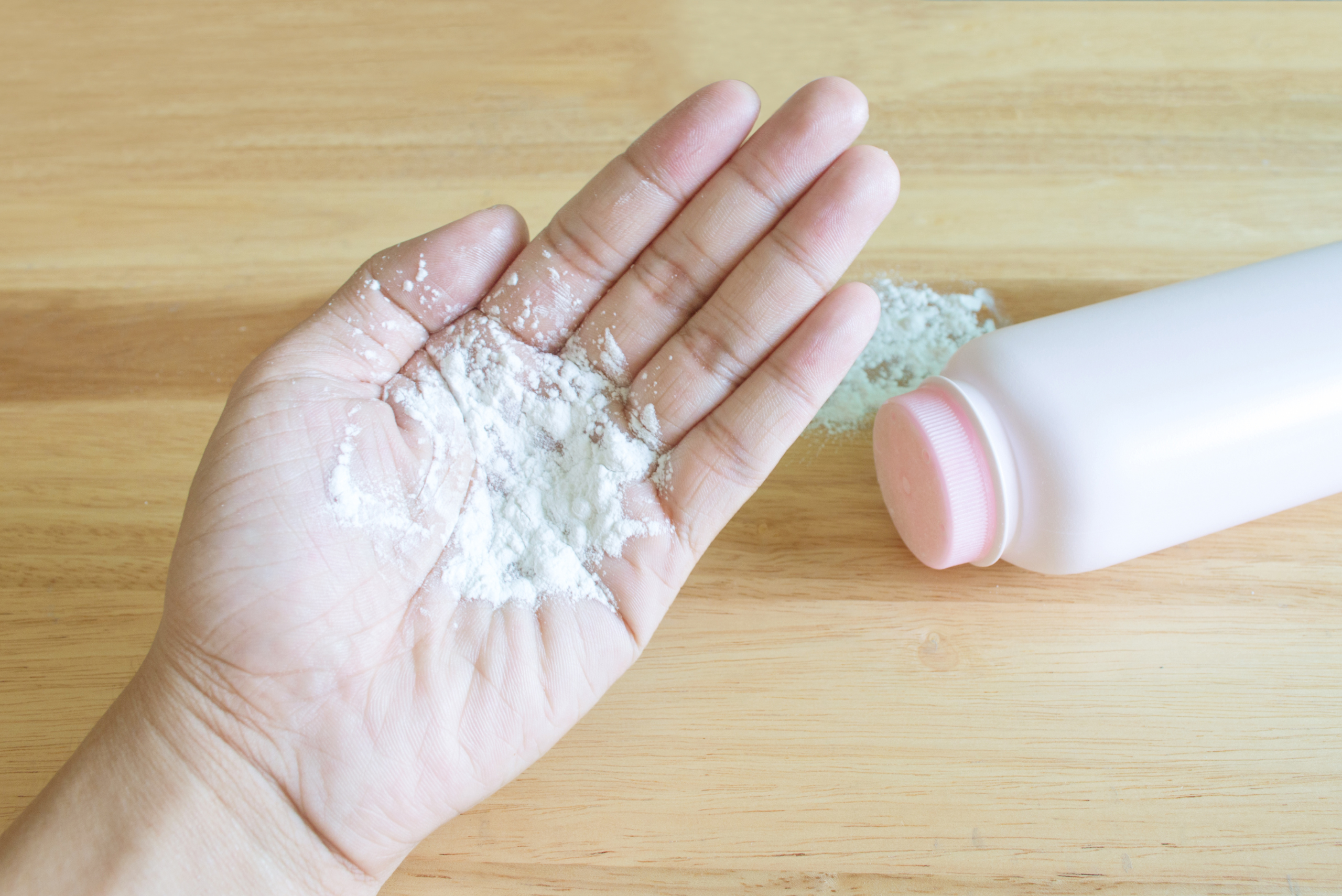
2. Secure Loose Floorboards with Screws or Nails
Loose floorboards are a major cause of noisy floors, and tightening them can make a huge difference. If you have access to the subfloor (such as from a basement or crawl space), identify the squeaky areas and use wood screws to secure the floorboards to the joists.
If you don’t have access to the subfloor, drive trim nails or finishing nails directly into the floorboard at an angle. Be sure to countersink the nails slightly below the surface and cover them with wood filler for a seamless look. This method eliminates movement and prevents future squeaks.
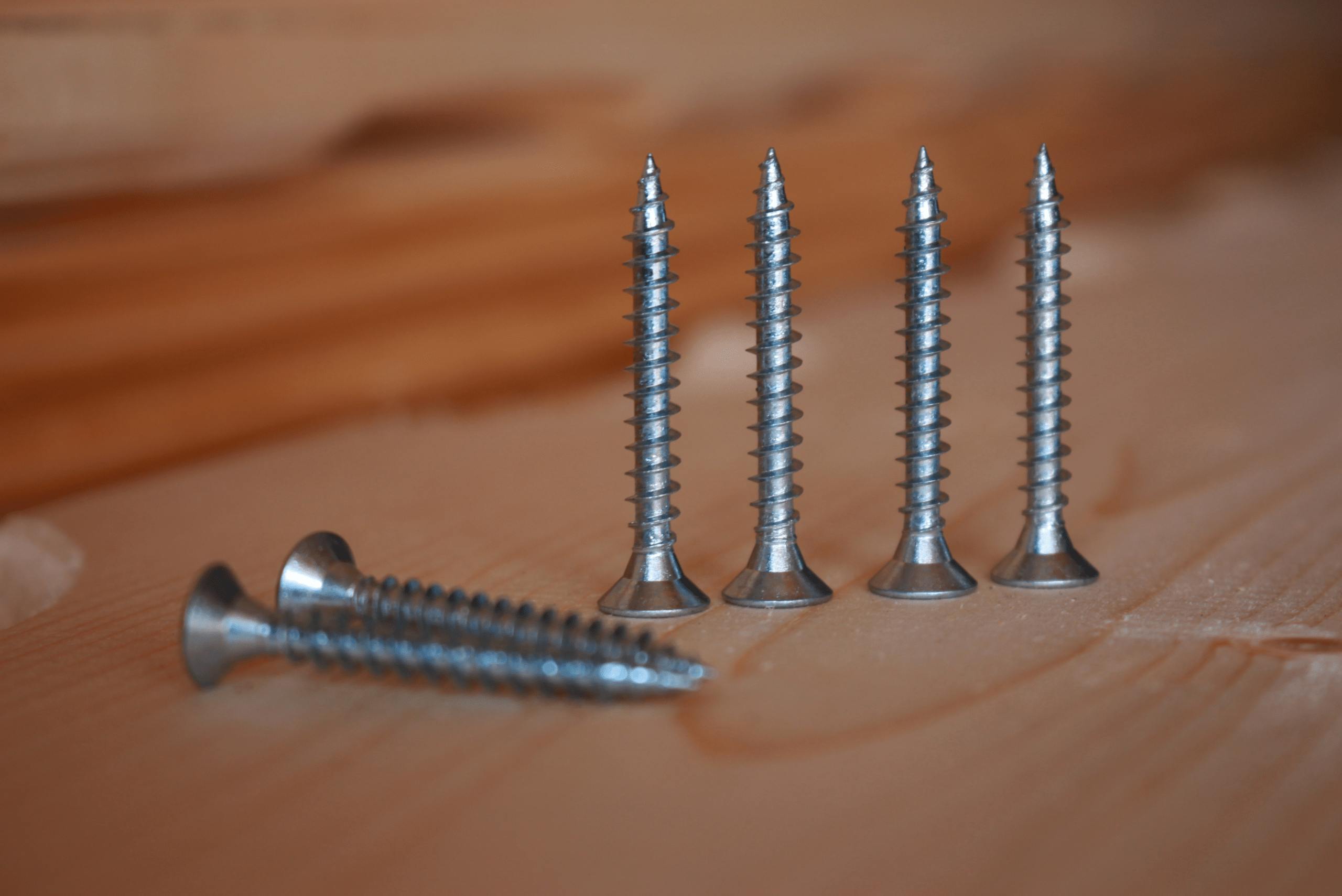
3. Use Wood Shims to Fill Gaps Underneath
Sometimes, the problem isn’t the floorboards themselves but the space underneath them. If your subfloor has small gaps between the joists, it can lead to shifting and creaking. The fix? Wood shims!
From underneath the floor (if accessible), gently tap a thin wooden shim coated with wood glue into the gap between the subfloor and the joist. This fills the space and stops the floor from moving when you walk on it. Make sure not to force the shim in too hard, as it could cause the floor to lift slightly.
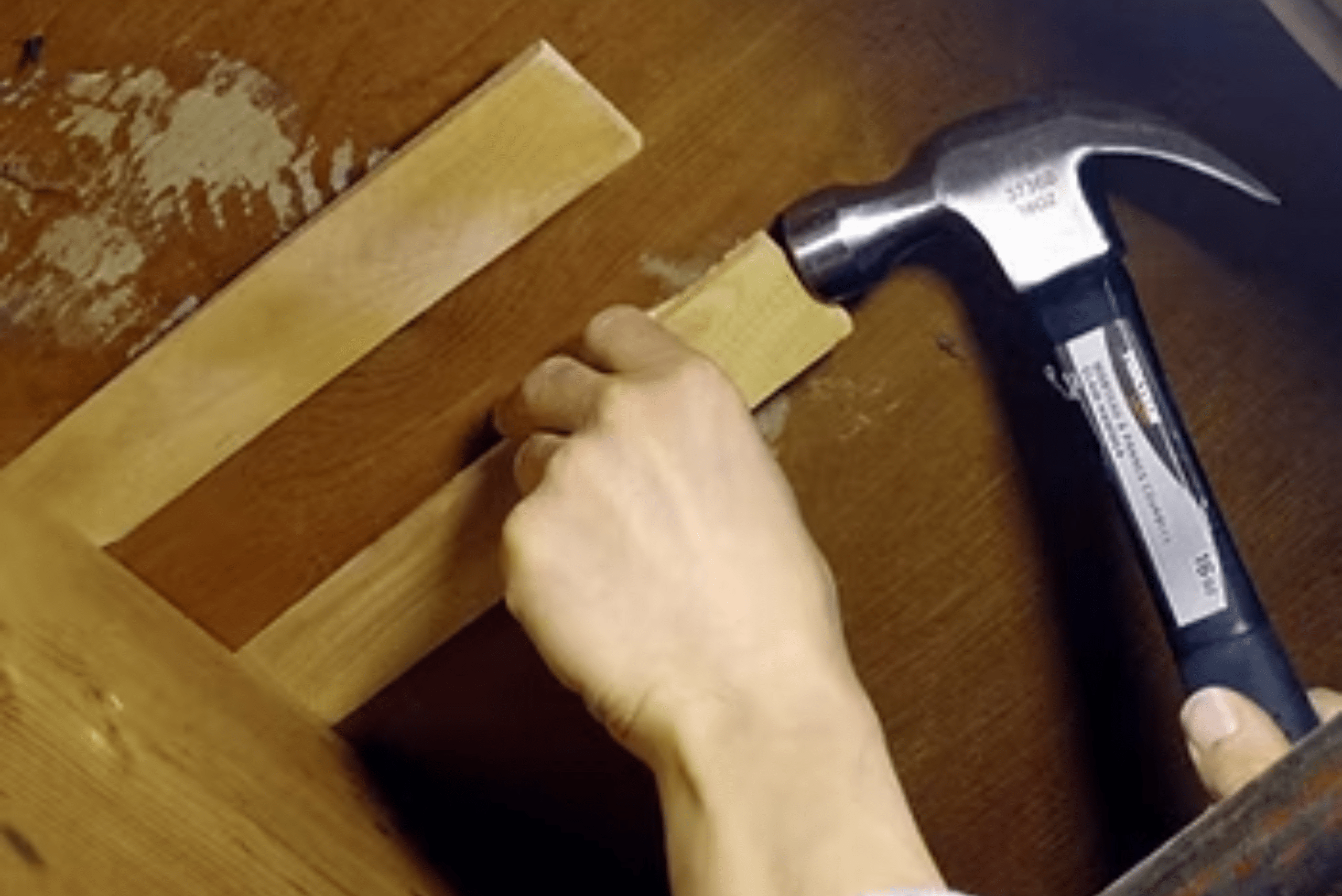
4. Apply Construction Adhesive to Strengthen the Subfloor
For larger gaps and more persistent floor noise, a stronger solution is construction adhesive. If you can access the subfloor, apply a bead of construction adhesive along the joists where they meet the subfloor. This helps bond the materials together, preventing them from shifting and creating noise.
For best results, use a caulk gun to apply the adhesive, and allow it to dry completely before walking on the floor again. This fix is especially useful in high-traffic areas where movement is more pronounced.
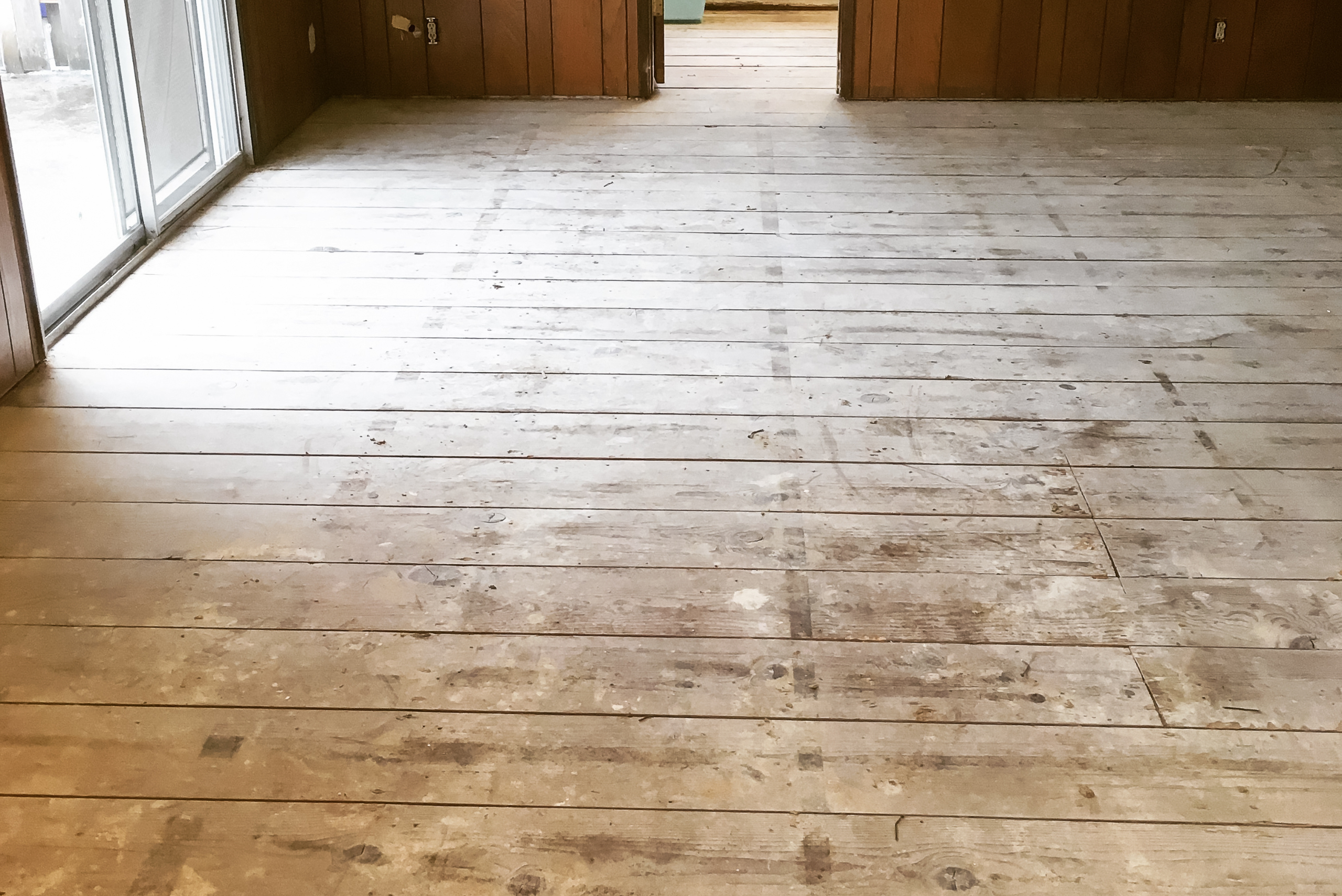
5. Install Squeak-Reducing Floor Brackets
If your floor still creaks despite your efforts, specialized squeak-reducing floor brackets can be a great long-term solution. These brackets reinforce the connection between the floor and the joists, minimizing movement that leads to noise.
Many home improvement stores sell kits like the “Squeeeeek No More” system, which includes screws designed to stop floorboards from rubbing together. These kits are particularly useful for carpeted floors where pinpointing the source of a squeak can be tricky.
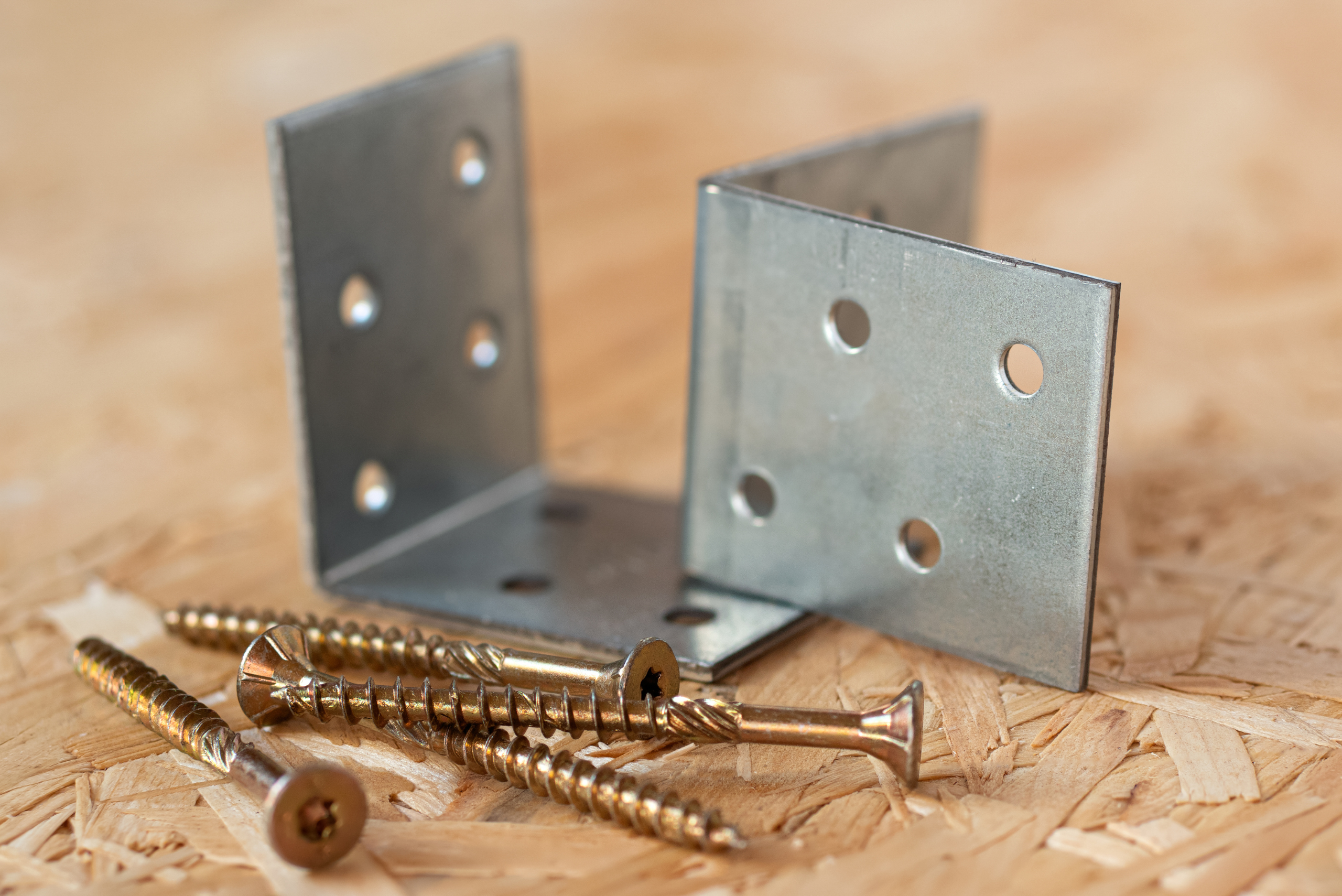
Related Articles
- The Top Mistakes to Avoid When Choosing Hardwood Floors
- How to Fix Scratches on Wood Floors Correctly
- The Most Effective Way For Restoring Hardwood Floors
Creaky floors may be a common household issue, but they don’t have to be a permanent one. With these five quick fixes, you can silence those annoying squeaks and enjoy a quieter home. Whether you use a simple powder trick or secure the floor with screws and adhesive, tackling the problem now will save you frustration in the long run. Give these methods a try, and walk through your home in peace once again!

